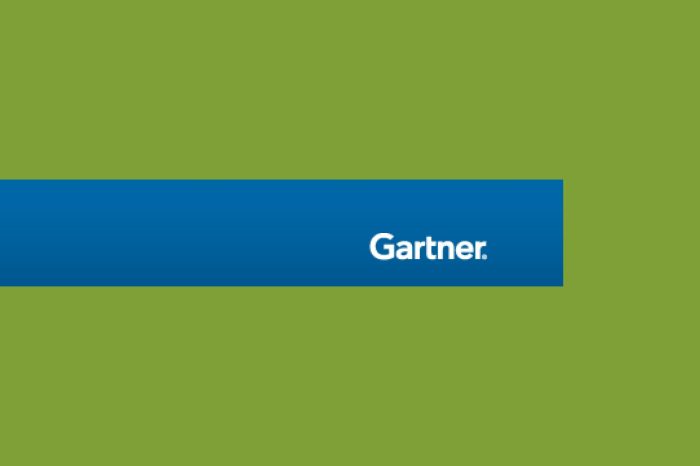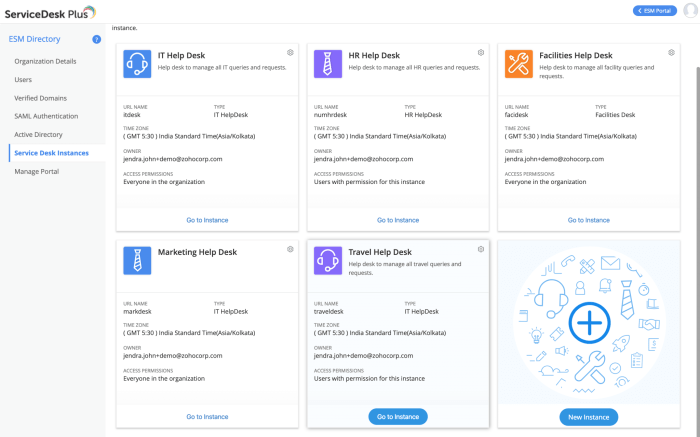Gartner Magic Quadrant Help Desk Software reports offer invaluable insights into the competitive landscape of help desk solutions. These reports analyze vendors based on their completeness of vision and ability to execute, providing businesses with a crucial framework for evaluating and selecting the right software to streamline their support operations and enhance customer satisfaction. Understanding the Gartner Magic Quadrant’s methodology is essential for making informed decisions, as it considers factors such as product capabilities, market presence, and customer feedback.
Navigating the complexities of choosing the optimal help desk software can be daunting. The Gartner Magic Quadrant helps simplify this process by providing a structured overview of leading vendors, highlighting their strengths and weaknesses. This allows businesses to focus their evaluation on solutions that best align with their specific needs and strategic goals, leading to more efficient workflows and improved customer experiences.
Navigating the complex landscape of help desk software can be daunting. With numerous vendors offering a wide array of features and functionalities, choosing the right solution for your organization’s needs requires careful consideration. The Gartner Magic Quadrant for Help Desk Software provides a valuable framework for evaluating these options, offering insights into the strengths and weaknesses of leading vendors.
This detailed guide will explore the Gartner Magic Quadrant, its methodology, and its implications for businesses seeking to optimize their help desk operations.
Understanding the Gartner Magic Quadrant
The Gartner Magic Quadrant is a widely recognized research report that analyzes and positions vendors within a specific market segment. It’s not a ranking, but rather a visual representation of vendors based on two key dimensions: Completeness of Vision and Ability to Execute. This framework helps organizations understand the relative strengths and weaknesses of different vendors, enabling them to make informed decisions aligned with their strategic objectives.
Completeness of Vision, Gartner magic quadrant help desk software
This dimension assesses a vendor’s understanding of current and future market trends, their strategic direction, and their ability to innovate. It considers factors such as:
- Market understanding
- Marketing strategy
- Sales strategy
- Offering (product) strategy
- Business model
- Vertical/industry strategy
- Innovation
Ability to Execute
This dimension evaluates a vendor’s capacity to deliver on its vision. It takes into account factors such as:
- Product/service
- Overall viability
- Sales execution/pricing
- Market responsiveness and track record
- Marketing execution
- Operations
- Customer experience
Based on these two dimensions, Gartner positions vendors into four quadrants: Leaders, Challengers, Visionaries, and Niche Players. Each quadrant represents a different strategic profile, offering valuable insights into the strengths and weaknesses of each vendor.
Interpreting the Gartner Magic Quadrant for Help Desk Software
The Magic Quadrant isn’t a simple “best of” list. The ideal vendor for one organization may not be the best fit for another. Understanding the nuances of each quadrant is crucial for effective decision-making. Here’s a breakdown:
Leaders
Leaders demonstrate strong execution capabilities and a clear vision for the future of help desk software. They typically offer comprehensive solutions with robust features and a proven track record of success. They often have a large market share and strong customer satisfaction ratings.
Challengers
Challengers possess a strong ability to execute but may have a less comprehensive vision compared to Leaders. They might excel in specific areas, offering niche functionalities or targeting particular market segments. They often represent a strong alternative for organizations seeking a robust solution at a potentially more competitive price point.
Visionaries
Visionaries showcase a forward-thinking approach with innovative features and a compelling vision for the future of help desk software. However, their execution capabilities may be less mature compared to Leaders or Challengers. They often introduce cutting-edge technologies and may be a good fit for organizations willing to embrace emerging trends.
Niche Players
Niche Players focus on specific market segments or offer specialized functionalities. They may not have the broad market reach of Leaders or Challengers, but they excel in catering to the unique needs of their target audience. They are often a good choice for organizations with highly specific requirements.
Key Features to Consider in Help Desk Software
When evaluating help desk software, consider these essential features:
- Ticketing System: Efficiently manage and track support requests.
- Knowledge Base: Provide self-service options for users to find solutions independently.
- Reporting and Analytics: Monitor key metrics to measure performance and identify areas for improvement. Examples include first contact resolution (FCR), average handling time (AHT), and customer satisfaction (CSAT).
- Automation: Automate repetitive tasks to improve efficiency and reduce workload.
- Integration: Seamlessly integrate with other business systems, such as CRM and ITSM platforms.
- Multi-channel Support: Offer support through various channels, including email, phone, chat, and social media.
- Scalability: Ensure the solution can adapt to the growing needs of your organization.
- Security: Protect sensitive customer data with robust security measures.
- User-friendliness: Choose a solution that is intuitive and easy to use for both agents and customers.
Factors to Consider Beyond the Gartner Magic Quadrant
While the Gartner Magic Quadrant is a valuable resource, it’s crucial to consider other factors when selecting help desk software:
- Your specific business needs: The best software will align perfectly with your unique requirements.
- Budget: Consider the total cost of ownership, including licensing fees, implementation costs, and ongoing maintenance.
- Vendor reputation and support: Choose a vendor with a strong reputation for providing excellent customer support.
- User reviews and testimonials: Gather feedback from other users to gain insights into their experiences.
- Integration capabilities: Ensure the software integrates seamlessly with your existing systems.
Frequently Asked Questions (FAQ)
- Q: How often is the Gartner Magic Quadrant updated? A: The Gartner Magic Quadrant for Help Desk Software is typically updated annually.
- Q: Is the Gartner Magic Quadrant the only resource I should use when choosing help desk software? A: No. It’s a valuable tool, but you should also consider other factors like your specific needs, budget, and vendor reputation.
- Q: What does it mean if a vendor is positioned as a “Leader” in the Magic Quadrant? A: It suggests the vendor has strong execution capabilities and a clear vision for the future of help desk software, often with a large market share and high customer satisfaction.
- Q: Where can I find the Gartner Magic Quadrant report? A: You can typically access the report through Gartner’s website (subscription required).
- Q: Are there free alternatives to Gartner’s research? A: Yes, many independent review sites and analyst firms offer insights into help desk software, although they may not have the same depth of analysis as Gartner.
Conclusion
The Gartner Magic Quadrant for Help Desk Software provides a valuable framework for evaluating vendors and making informed decisions. However, it’s crucial to consider your specific needs, budget, and other factors beyond the quadrant’s positioning. By carefully analyzing the report and conducting thorough research, you can select the help desk software that best meets your organization’s requirements and drives operational efficiency.
References
While direct links to Gartner reports require a subscription, searching “Gartner Magic Quadrant Help Desk Software” on Google will lead you to relevant information and discussions. You can also find valuable information on software review sites like G2 and Capterra.

Source: talkdesk.com
Call to Action: Gartner Magic Quadrant Help Desk Software
Ready to optimize your help desk operations? Explore the leading help desk software vendors mentioned in the Gartner Magic Quadrant and find the perfect solution for your business needs. Start your research today!
Ultimately, leveraging the Gartner Magic Quadrant for help desk software empowers organizations to make strategic choices. By carefully analyzing the report’s findings, businesses can identify vendors that not only meet their current requirements but also offer the vision and capabilities to support future growth and evolving customer expectations. The Quadrant serves as a powerful tool for informed decision-making in a dynamic and ever-changing technological landscape.
FAQ Corner
What criteria does Gartner use to evaluate help desk software vendors?
Gartner’s evaluation considers various factors including product capabilities, market presence, customer reviews, and the vendor’s overall vision for the future of help desk technology.
How often does Gartner update its Magic Quadrant for help desk software?

Source: manageengine.com
The frequency of updates varies, but generally, Gartner releases updated Magic Quadrants annually or bi-annually, reflecting changes in the market and technological advancements.
Is the Gartner Magic Quadrant free to access?
No, access to Gartner’s Magic Quadrant reports typically requires a paid subscription.
What are the limitations of relying solely on the Gartner Magic Quadrant?
While valuable, the Quadrant should be considered one piece of the puzzle. Businesses should conduct their own thorough research and consider their specific needs before making a final decision.
